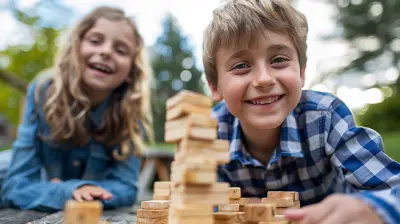Secrets to Using Positive Discipline for Toddlers
26 October 2025
Parenting a toddler can feel like being on a rollercoaster—thrilling, unpredictable, and honestly, sometimes, downright chaotic. One minute they’re hugging your leg, the next they’re launching peas at the wall. Sound familiar?
If you're nodding your head, welcome to the toddler club. And guess what? You’re not alone. Every parent hits rough patches when it comes to discipline. The trick isn’t about being a “perfect” parent—it’s about setting boundaries without crushing your child’s spirit. That’s where positive discipline comes in.
Let’s dive into the real-life secrets to using positive discipline for toddlers—stuff that actually works and makes parenting a little bit easier (and let’s be honest, more fun too).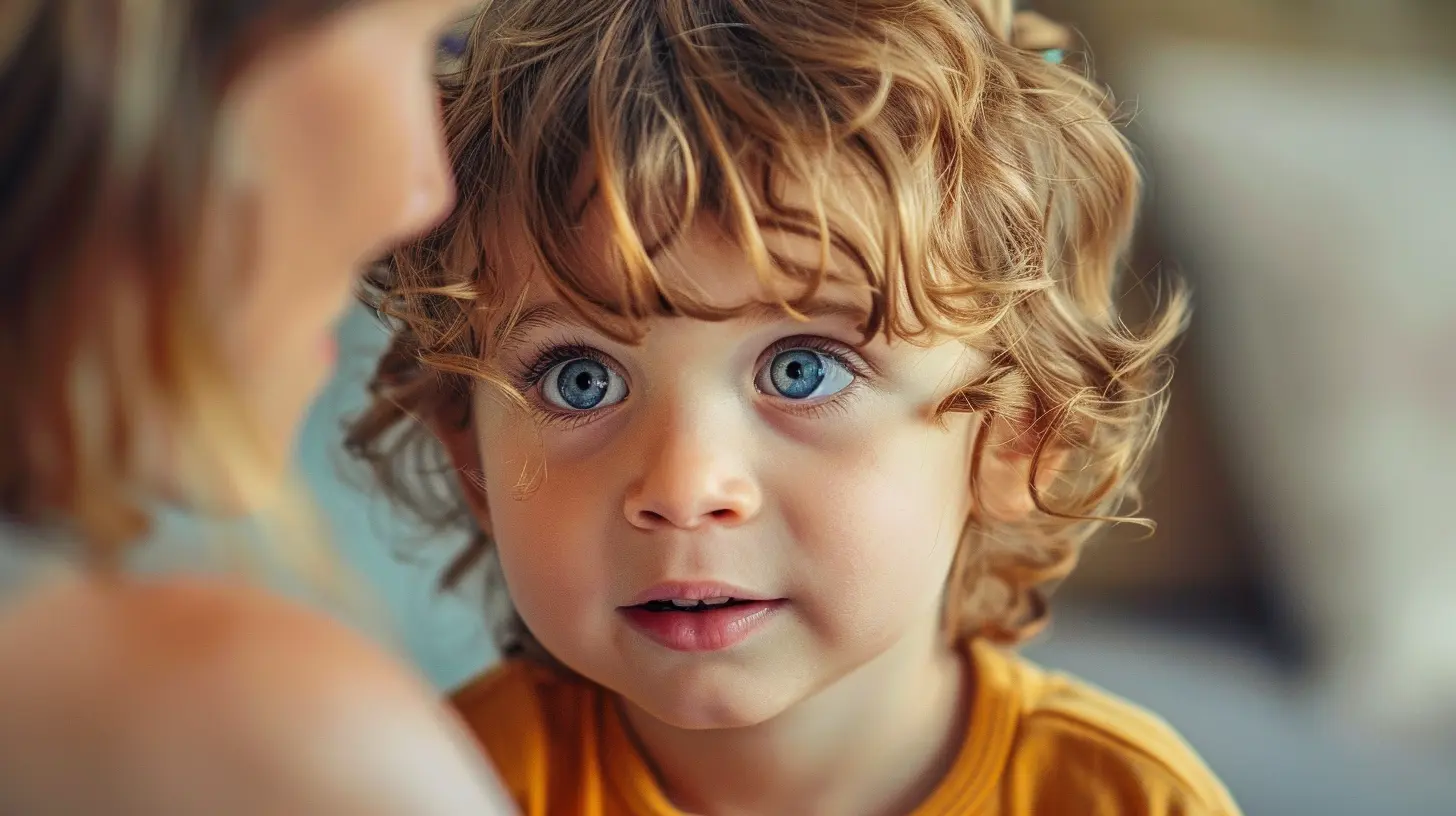
What Is Positive Discipline Anyway?
Before we get into the how, let’s clear up the what.Positive discipline is about guiding, not punishing. It’s a parenting approach focused on respect, connection, and teaching—not fear. You’re basically helping your toddler to understand the rules, recognize their feelings, and make better choices over time.
Now, don’t confuse “positive” with “permissive.” You’re not letting your toddler run wild in the name of gentle parenting. Nope! Positive discipline is firm and kind at the same time. Think of it as a warm hug with clear boundaries.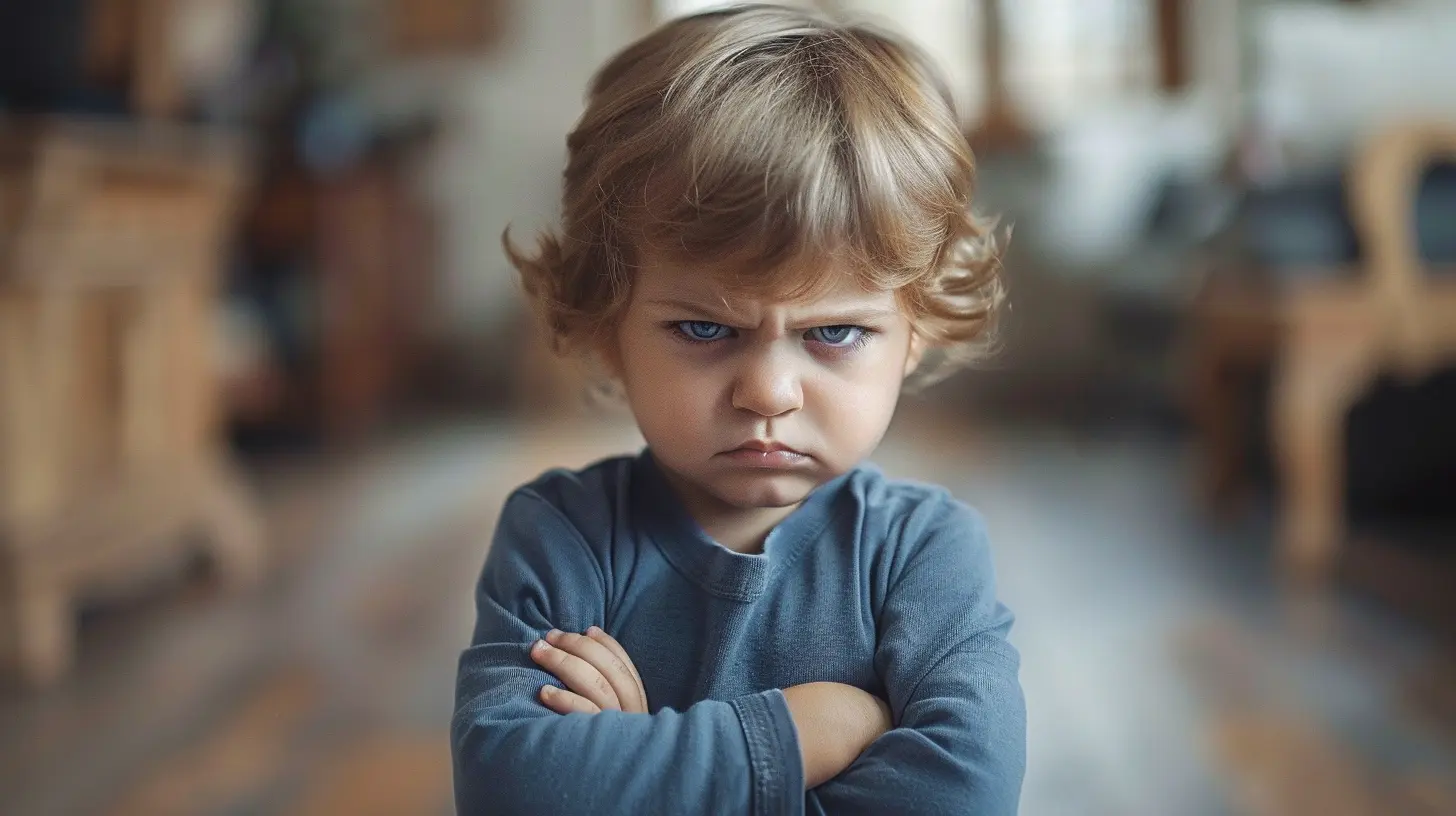
Why Is Positive Discipline So Important for Toddlers?
Toddlers are tiny humans with big emotions and zero experience managing them. They’re learning how the world works, often through trial and (lots of) error. Your job isn’t to control them—it’s to coach them.Using positive discipline helps toddlers:
- Understand consequences without shame
- Develop self-control
- Build confidence
- Strengthen the parent-child bond
And honestly? It saves you from turning into a yelling parent you swore you’d never become.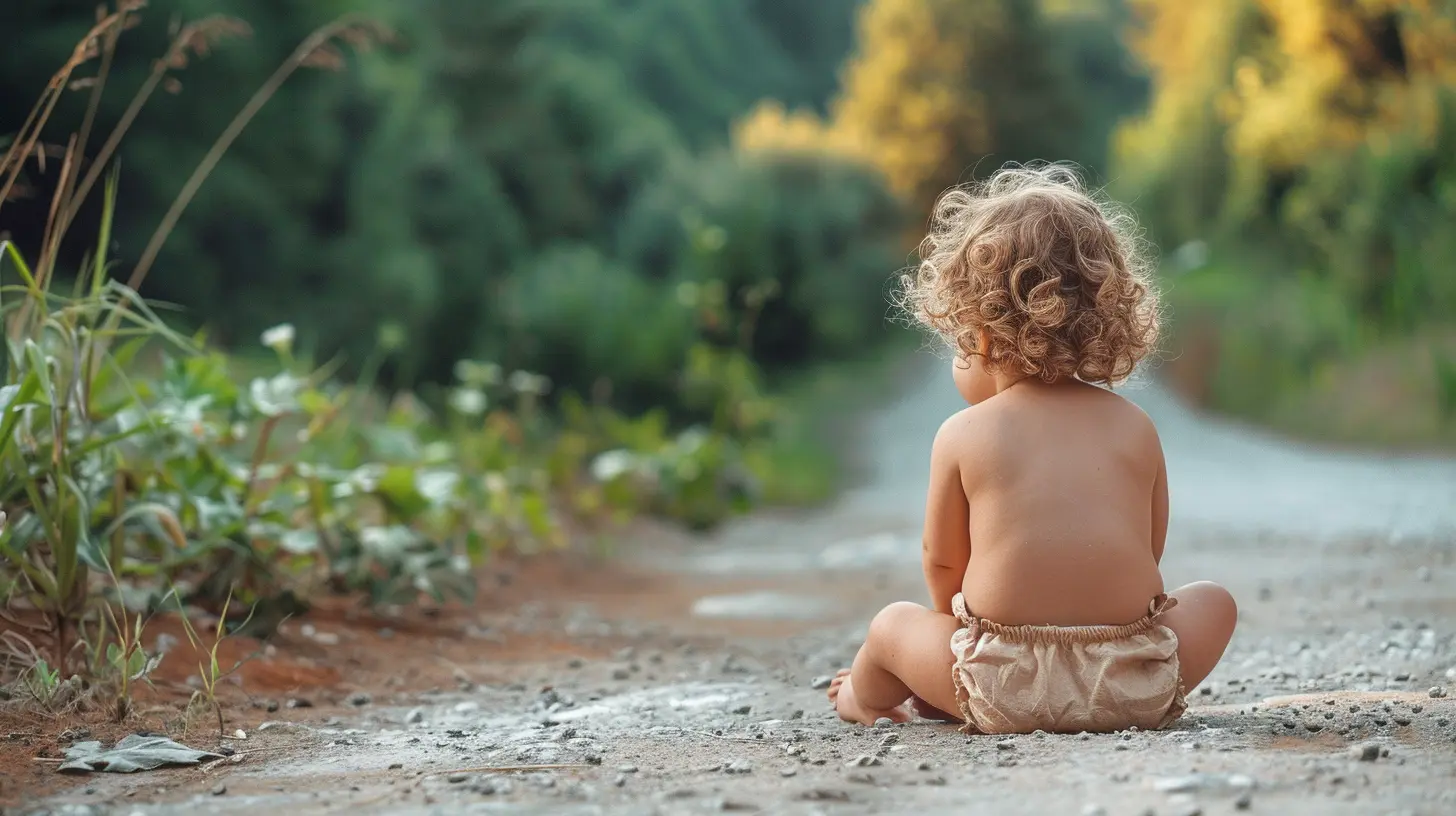
Secret #1: Stay Calm (Even If You Want to Scream)
Okay, let’s be real. Staying calm when your toddler is melting down over broken toast is HARD.But here’s the thing: toddlers mirror our emotions. If we freak out, they freak out harder. If we stay cool, they’re more likely to settle down. Think of yourself as the thermostat in the room. You set the emotional temperature.
Here’s a trick: If your toddler’s going full tantrum mode, take one deep breath (or five) before you respond. It’s not magic, but it helps you collect your thoughts and not react out of frustration.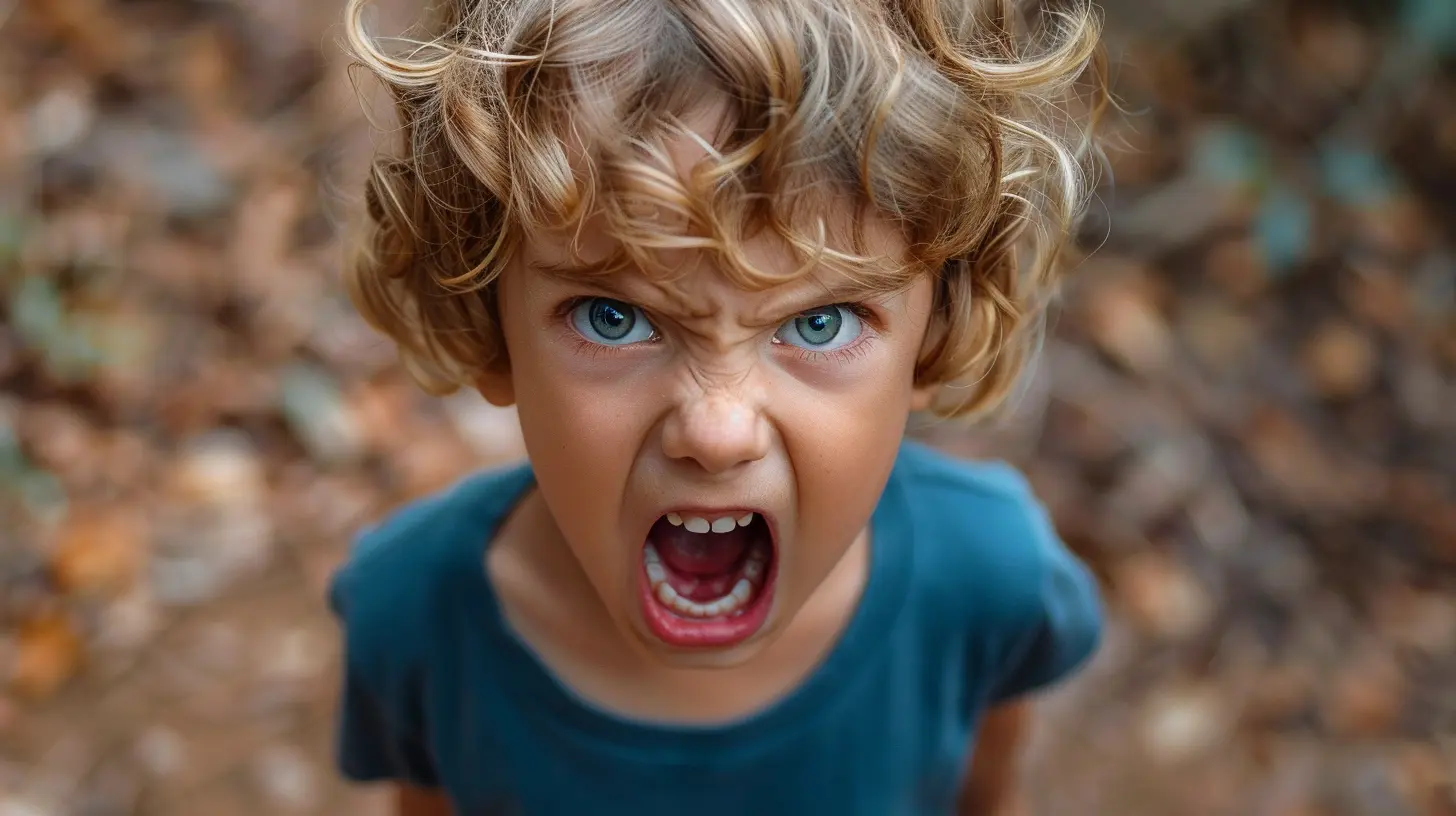
Secret #2: Get on Their Level—Literally
Imagine someone towering over you, barking commands. Not exactly calming, right?Kneel or sit so you’re eye-to-eye with your toddler when correcting behavior. This shows them respect and makes your message land better.
Use a calm, steady voice and simple words. “We don’t hit. Hitting hurts. Let’s use gentle hands.” That’s way more effective than yelling from across the room.
Secret #3: Focus on the 'Do,' Not Just the 'Don’t'
Saying “Don’t jump on the couch!” is clear, but it doesn’t tell your child what to do instead.Try this: “Couches are for sitting. Let’s jump on the floor.” You’re still setting a boundary but also offering a solution. Toddlers want to do the right thing–they just need help figuring out what that is.
Bonus: You’re teaching self-regulation and problem-solving at the same time.
Secret #4: Toddlers Thrive on Routine
If there’s one thing toddlers absolutely crave (besides snacks), it’s predictability.Routines make them feel safe. When they know what’s coming next, they’re less likely to push boundaries. Keep your daily rhythms consistent—mealtimes, naps, playtime, bedtime. This helps avoid meltdowns before they even start.
And when transitions are tricky? Give them warnings. “Five more minutes of play, then it’s time to clean up.” It’s a game-changer.
Secret #5: Use Natural and Logical Consequences
Here’s where the rubber meets the road.Positive discipline doesn’t mean avoiding consequences—it’s about using appropriate ones. The goal? Teach, not punish.
- Natural Consequence: Your toddler refuses to wear a jacket? Let them feel chilly (if it’s safe). They’ll probably ask for it next time.
- Logical Consequence: They throw their toy in anger? The toy goes away for a bit.
It’s not about “That’ll teach you!” It’s about showing cause and effect with empathy.
Secret #6: Offer Limited Choices
Toddlers don’t like being bossed around. But give them too much freedom, and chaos reigns.Solution? Offer limited, parent-approved choices. This gives them a sense of control without giving up your authority.
Instead of “Get dressed!” try “Do you want the red shirt or the blue one?” Still getting dressed, but now they feel like the boss (sneaky, right?).
Secret #7: Catch Them Being Good
We’re so quick to point out bad behavior, but what about the good stuff?Positive reinforcement works. When you notice your toddler doing something right—sharing, using kind words, waiting their turn—acknowledge it.
Try saying: “Wow, I saw how gently you played with your baby sister. That was so thoughtful!” This kind of praise encourages them to repeat the good behavior.
Think of it like watering a plant. What you focus on, grows.
Secret #8: Use Time-Ins Instead of Time-Outs
The classic time-out has been a go-to for decades, but it often isolates a child during the moment they most need guidance.Try a “time-in” instead. Sit with your child during big emotions. Help them name their feelings. “You seem really angry. Do you want a hug or some space?”
You’re not rewarding bad behavior—you’re helping them understand and process it. Emotional intelligence starts here, folks.
Secret #9: Be Consistent (Even When It’s Exhausting)
Consistency is the backbone of positive discipline.Yes, it’s tempting to give in after the tenth “Please can I have cookies?” But if “no” became “yes” after enough whining, guess what behavior they’ll try next time?
Hold the line. Predictable responses mean fewer battles down the road. You’re not being mean—you’re building trust and structure they can rely on.
Secret #10: Model What You Want to See
You can correct, coach, and scold all day long—but if your actions don’t match your words, your toddler picks up on that.Want them to use polite language? Use it yourself.
Want them to clean up after themselves? Make it a team activity.
Want them to listen? Show them what good listening looks like.
They’re learning by watching you way more than by listening to what you say.
Secret #11: Use Play to Teach
Let’s face it: toddlers don’t want lectures. That’s boring.But play? That’s their jam. Use role play, puppets, or toy figures to act out tricky situations. “What should Mr. Bear do if someone grabs his toy?” Suddenly, your toddler’s engaged and learning without even realizing it.
Think of it as sneaking spinach into a smoothie—healthy lessons in a fun package.
Secret #12: Remember It’s a Process (Not Perfection)
Here’s the truth every parent needs to hear: You’re going to mess up. A lot. So will your toddler.Discipline isn’t about getting it 100% right every day. It’s about showing up consistently, even when you’re tired, frustrated, or questioning your life choices at bedtime.
What matters most is the connection you build with your child. When they know they’re loved, heard, and understood—even during discipline—they grow into confident, kind, and emotionally resilient humans.
And isn’t that kind of the goal?
Final Thoughts: You’ve Got This
There’s no one-size-fits-all manual for raising toddlers with grace. But positive discipline gives you a solid foundation to build from. It’s not always easy, but with patience, practice, and a few deep breaths along the way, you’ll get through those toddler years with your sanity (mostly) intact.Remember: You’re raising a human—not a robot. There will be mess, mayhem, and magic—and positive discipline helps you navigate all of it with more calm and connection.
One day, you'll miss the chaos (well, maybe not all of it). But for now, take it one moment at a time, and keep doing your best. Toddlers don’t need perfect parents—they need present ones.
all images in this post were generated using AI tools
Category:
Positive DisciplineAuthor:

Karen Hurst
Discussion
rate this article
1 comments
Troy Lynch
Great insights on positive discipline! It’s essential for fostering healthy communication and trust with our toddlers. Thank you!
October 28, 2025 at 5:30 AM


